Understanding the Truth: Female Masturbation Side Effects in Daily Practice
I. Introduction
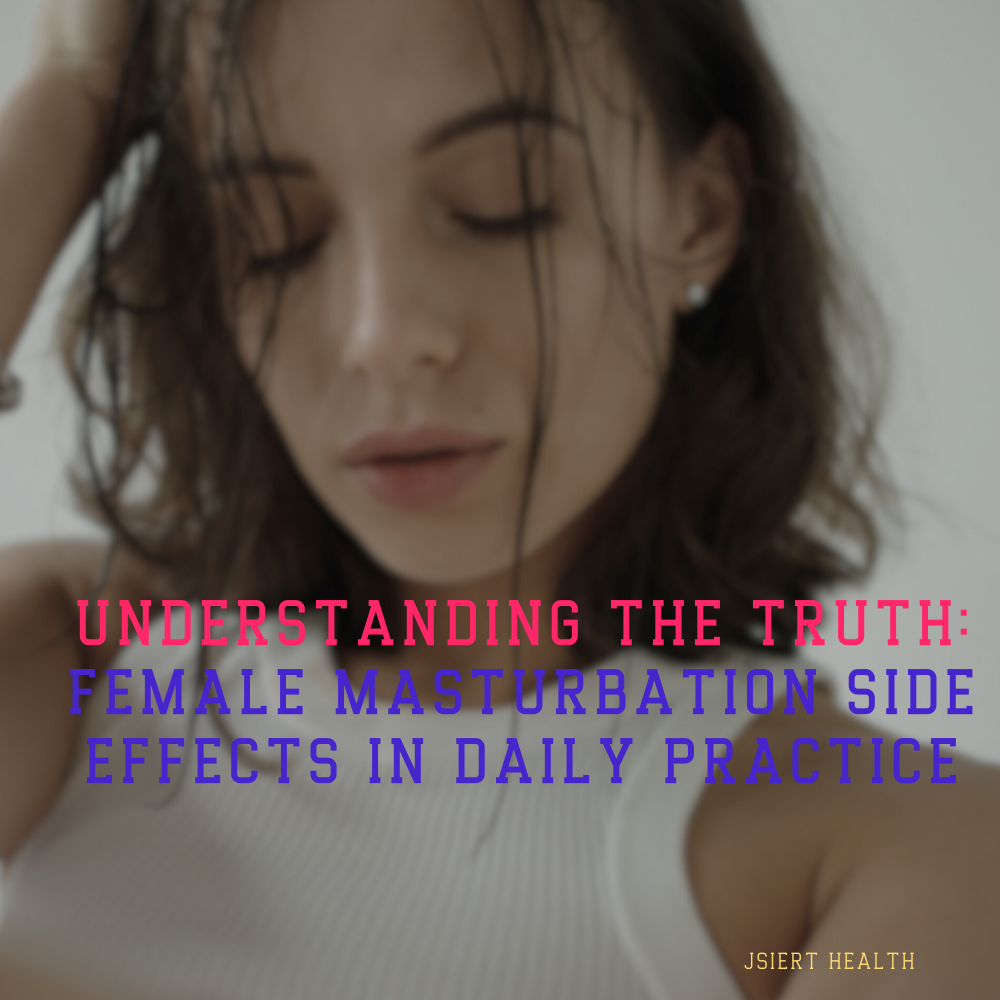
A. Definition of Female Masturbation: Provide a detailed explanation of female masturbation, including the various techniques commonly used and the physiological processes involved.
B. Frequency and Scope: Discuss the decision to focus on daily practice and why it’s important to understand the potential side effects associated with this frequency.
C. Objective of the Study: Clearly state the goals of the research, which may include understanding the physical and psychological effects of daily masturbation on women’s health and well-being.
D. Overview: Give a comprehensive overview of the main topics that will be addressed in the paper, providing a roadmap for the reader.
II. Female Masturbation: An Overview
A. Definition and History: Explore the historical context of female masturbation, discussing how societal attitudes have evolved over time and how they continue to influence perceptions today.
B. Prevalence and Patterns: Present statistics on the prevalence of female masturbation worldwide and discuss common patterns in practice, such as age of onset and frequency.
C. Psychological Dynamics: Delve into the psychological motivations behind female masturbation, including the role of pleasure, stress relief, and sexual exploration.
D. Physiological Aspects: Provide a detailed explanation of the physiological mechanisms involved in female masturbation, including arousal, lubrication, and orgasm.
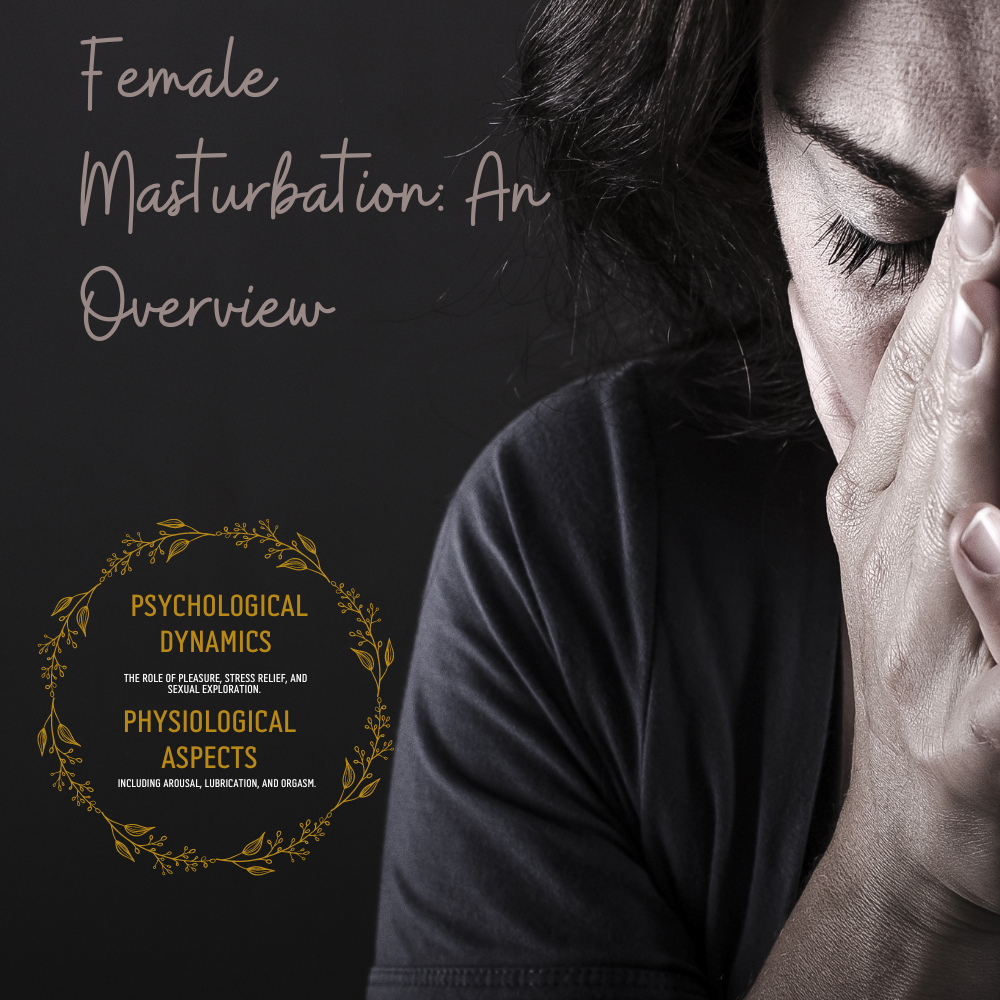
III. Understanding Daily Practice
A. Defining “Daily Practice”: Define what constitutes daily masturbation for women, considering variations in frequency, duration, and intensity.
B. Typical Masturbation Habits: Present research findings on the frequency and duration of female masturbation, exploring factors that may influence variations in practice, such as age, relationship status, and cultural background.
C. Impact on Sexual Health: Discuss how daily masturbation may affect various aspects of sexual health, including libido, vaginal health, and sexual satisfaction.
D. Psychological Effects: Explore the potential psychological effects of daily masturbation, such as changes in mood, body image, and self-esteem.
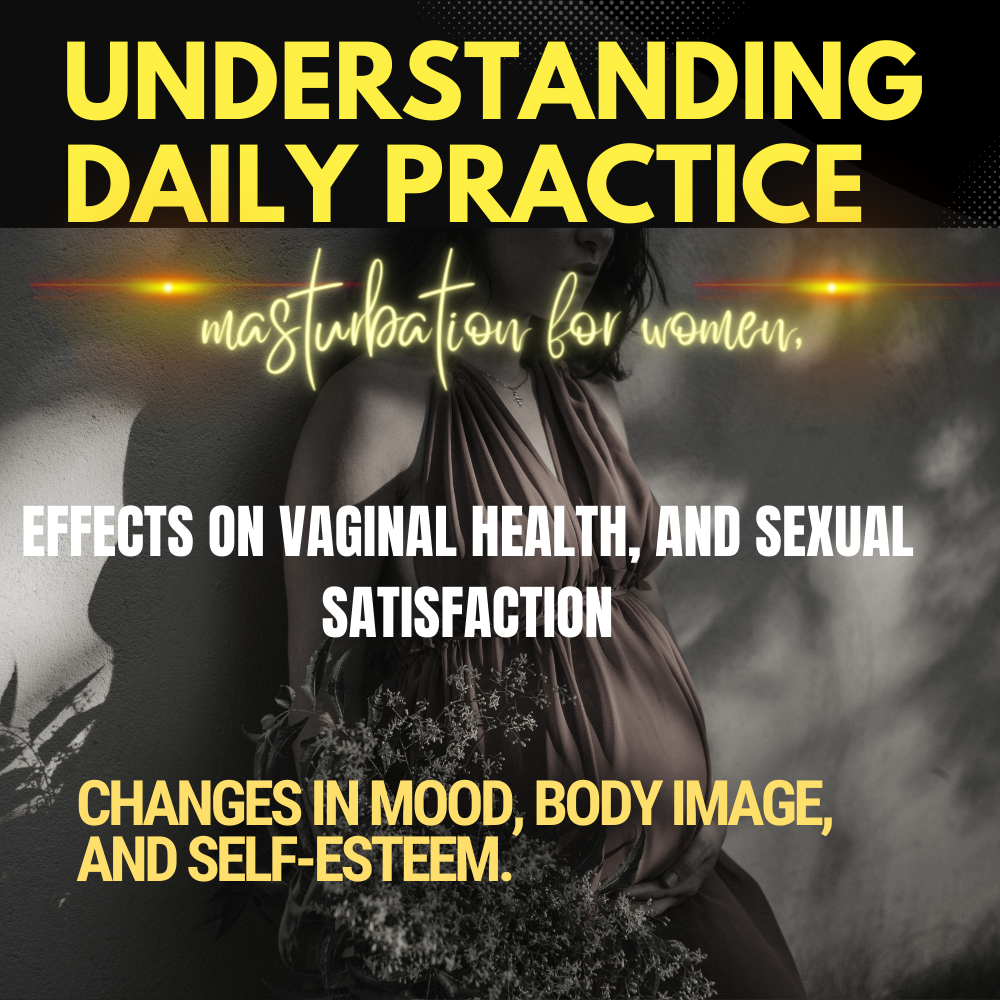
IV. Debunking Myths and Misconceptions
A. Common Misconceptions: Identify and debunk prevalent myths and misconceptions surrounding female masturbation, such as the belief that it’s abnormal or harmful.
B. Scientific Evidence: Present empirical research and expert opinions that refute these myths and provide evidence for the safety and normalcy of female masturbation.
C. Addressing Stigma: Discuss the stigma surrounding female masturbation and its impact on women’s sexual health and well-being, advocating for greater acceptance and understanding.
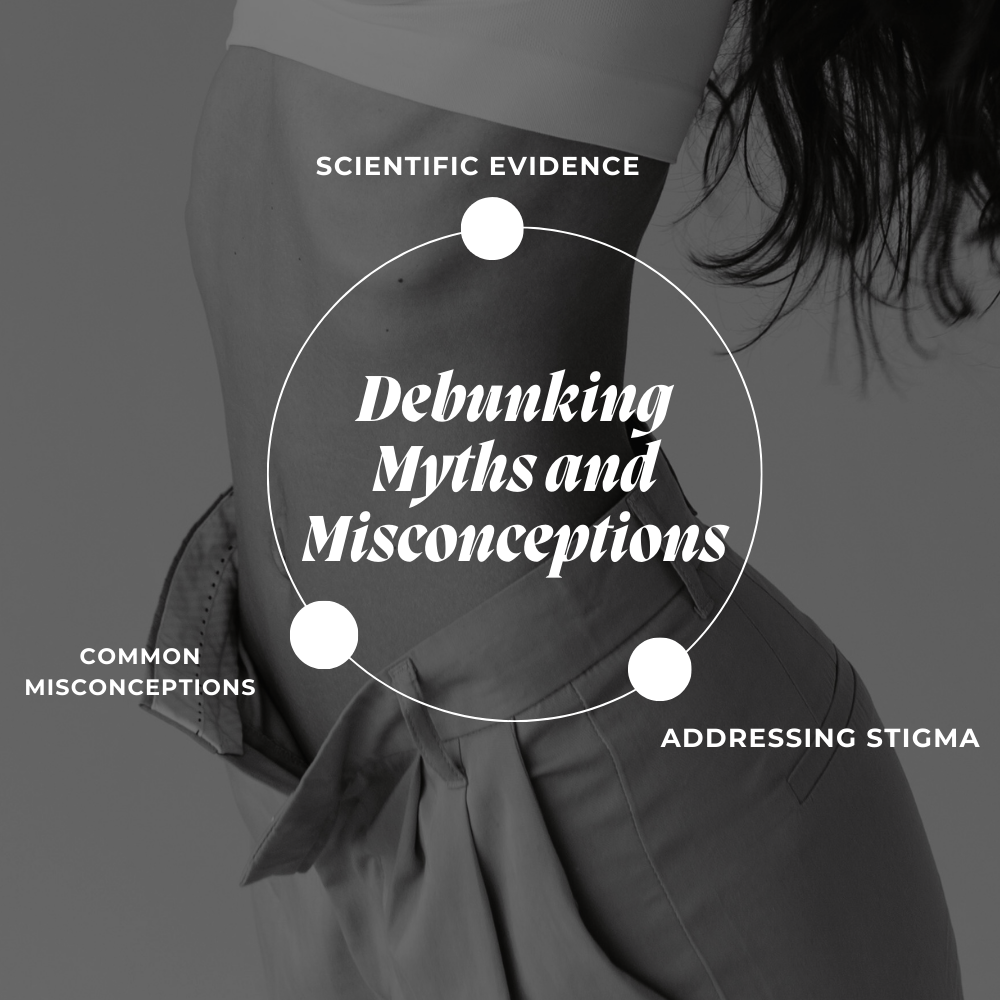
V. Potential Side Effects of Daily Masturbation
A. Physical Side Effects: Explore potential physical consequences of daily masturbation, such as genital irritation, muscle fatigue, and urinary issues.
B. Sexual Dysfunction: Discuss the risk of sexual dysfunction associated with excessive masturbation, including difficulty reaching orgasm, desensitization, and loss of libido.
C. Psychological Distress: Examine the psychological side effects of daily masturbation, such as guilt, shame, and anxiety, particularly in cultures or environments where it’s stigmatized.

VI. Benefits of Daily Masturbation
A. Sexual Health Advantages: Highlight potential benefits of daily masturbation for sexual health, such as stress relief, improved pelvic floor muscle tone, and enhanced sexual satisfaction.
B. Psychological Benefits: Discuss the psychological benefits of regular masturbation, including increased self-awareness, body positivity, and empowerment.
C. Enhancement of Intimacy: Explore how masturbation can contribute to sexual exploration and communication with partners, leading to enhanced intimacy and satisfaction in relationships.
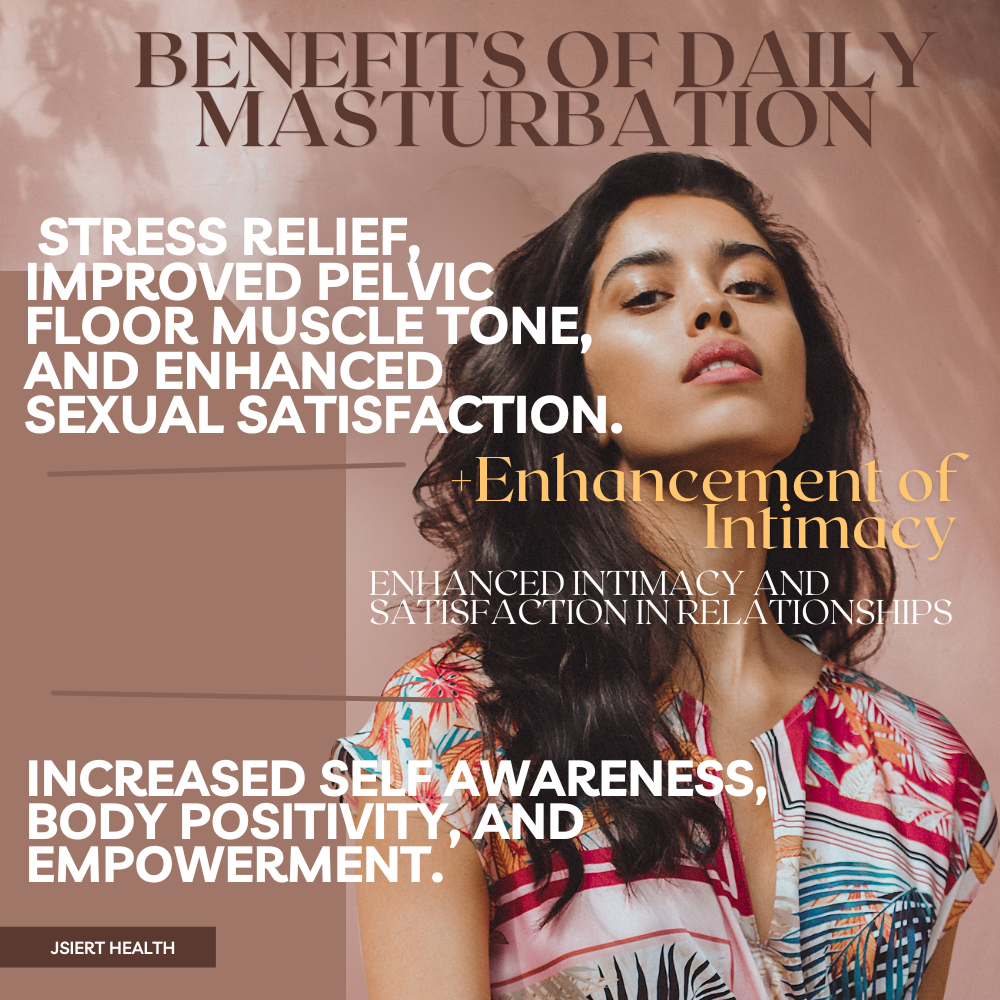
VII. Factors Influencing Masturbation Habits
A. Biological Factors: Discuss biological influences on female masturbation habits, such as hormonal fluctuations and menstrual cycle phase, and how they may affect frequency and intensity.
B. Psychological Factors: Explore psychological determinants of masturbation habits, including stress, mood disorders, and past experiences with trauma or abuse.
C. Social and Cultural Influences: Examine societal and cultural factors that shape female masturbation practices, such as family upbringing, religious beliefs, and media representations of sexuality.

VIII. Balancing Frequency for Optimal Health
A. Self-Assessment: Provide guidance on self-assessment and reflection to determine individual needs and preferences regarding masturbation frequency.
B. Communication and Boundaries: Stress the importance of open communication with partners and setting personal boundaries to ensure healthy masturbation practices.
C. Seeking Professional Guidance: Recommend seeking professional guidance from healthcare providers or therapists if experiencing distress or dysfunction related to masturbation habits.
D. Incorporating Healthy Behaviors: Offer suggestions for incorporating healthy behaviors, such as stress management, exercise, and mindfulness, to support overall sexual and mental well-being.
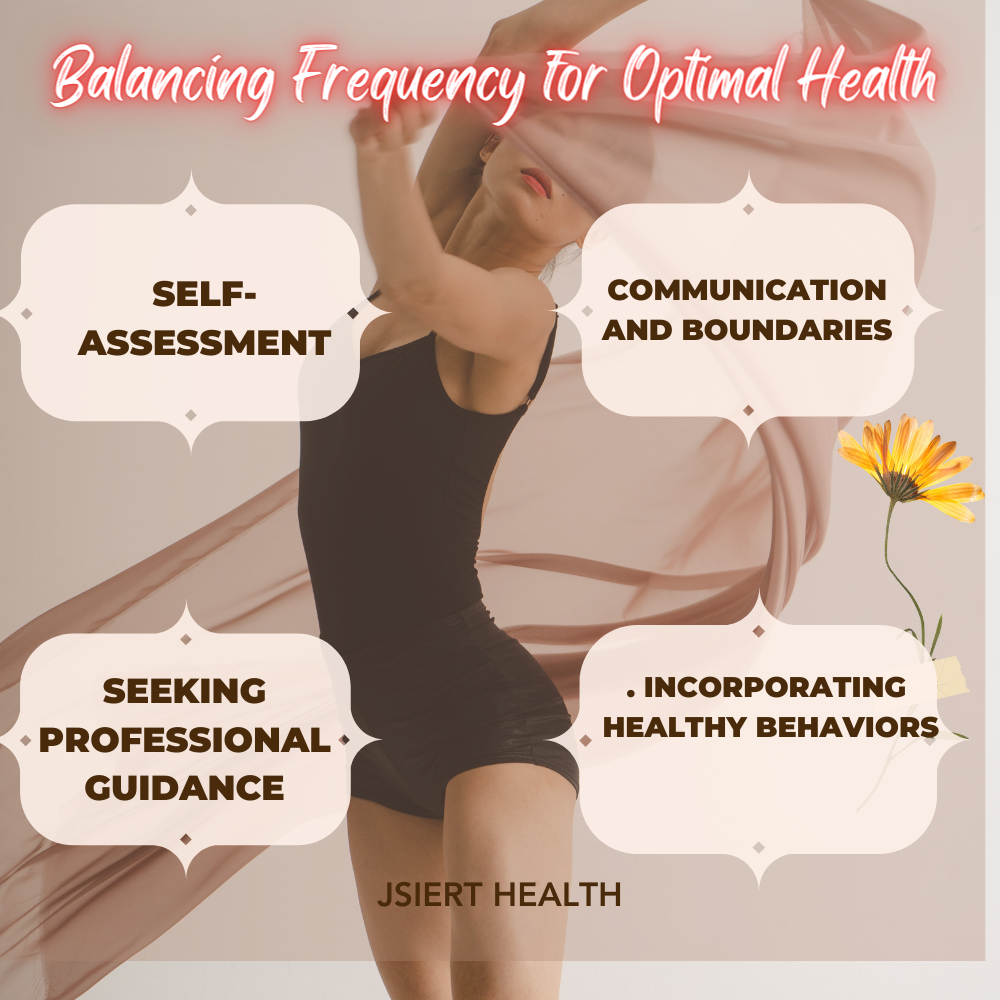
IX. Case Studies and Personal Experiences

A. Interviews and Surveys: Conduct interviews and surveys with women to gather data on their experiences with daily masturbation. Explore their motivations, habits, and perceived effects on their physical and mental well-being.
B. Anecdotal Evidence: Include personal anecdotes and narratives from women sharing their experiences with daily masturbation. Highlight diverse perspectives and experiences to provide a comprehensive understanding of the topic.
C. Analysis and Reflection: Analyze the data collected from case studies and personal experiences to identify common themes, challenges, and benefits associated with daily masturbation. Reflect on the implications of these findings for women’s sexual health and well-being.
X. Strategies for Healthy Masturbation Practices
A. Setting Intentions: Encourage women to set intentions and goals for their masturbation sessions, focusing on pleasure, relaxation, and self-exploration. Emphasize the importance of prioritizing their own needs and desires.
B. Variety and Exploration: Advocate for the exploration of different techniques, fantasies, and erotic stimuli to diversify masturbation experiences and enhance sexual satisfaction. Encourage women to experiment and discover what feels most pleasurable to them.
C. Self-Care and Aftercare: Stress the importance of self-care practices before and after masturbation, including relaxation techniques, hygiene routines, and emotional processing. Provide tips for creating a comfortable and nurturing environment for self-pleasure.
D. Community Support: Recommend seeking support from online communities, support groups, or therapy to share experiences, gain insights, and overcome challenges related to masturbation. Emphasize the importance of connecting with others who can offer understanding and validation.

XI. Conclusion
A. Summary of Findings: Summarize the key findings and insights regarding the potential side effects and benefits of daily masturbation for women. Highlight the complexity of the topic and the need for further research and discussion.
B. Call for Understanding: Call for greater understanding and acceptance of female masturbation as a natural and healthy aspect of human sexuality. Advocate for destigmatization and education to promote women’s sexual autonomy and pleasure.
C. Future Directions: Identify areas for future research and advocacy efforts, such as exploring the role of cultural and societal factors in shaping female masturbation practices and addressing barriers to access to information and support.
D. Final Thoughts: Offer final reflections on the importance of acknowledging and embracing female masturbation as a normal and healthy behavior. Reiterate the importance of promoting open dialogue, education, and support to empower women in their sexual journeys.
Some frequently asked questions (FAQs) about the FEMALE MASTERBATION along with their answers:
- What is female masturbation?
- Female masturbation is the act of stimulating one’s own genitals for sexual pleasure. It involves various techniques such as touching, rubbing, or using sex toys to achieve orgasm.
- Is female masturbation normal?
- Yes, female masturbation is entirely normal and healthy. It’s a common aspect of human sexuality and can provide numerous physical and emotional benefits, including stress relief, improved mood, and enhanced sexual satisfaction.
- Are there any health benefits to female masturbation?
- Yes, there are several health benefits associated with female masturbation. It can help relieve menstrual cramps, promote better sleep, strengthen pelvic floor muscles, and increase sexual arousal and satisfaction. Masturbation can also serve as a safe and natural way to explore one’s own body and sexual preferences.
- Can female masturbation affect fertility or reproductive health?
- No, female masturbation does not affect fertility or reproductive health negatively. In fact, masturbation can be a helpful way to become more comfortable with one’s own body and sexual response, which can enhance sexual experiences with a partner. Additionally, masturbation does not cause any physical harm to reproductive organs.
- Is it safe to use sex toys for female masturbation?
- Yes, it is generally safe to use sex toys for female masturbation as long as they are used correctly and cleaned regularly. Using lubrication with sex toys can help reduce friction and discomfort. It’s essential to choose high-quality toys made from body-safe materials and to follow the manufacturer’s instructions for proper use and maintenance.
- Can female masturbation lead to addiction or sexual dysfunction?
- No, occasional masturbation is not considered addictive or harmful. It’s a normal part of human sexuality. However, excessive masturbation that interferes with daily life or causes distress may indicate underlying issues and could benefit from professional guidance or therapy.
- Are there any cultural or religious beliefs about female masturbation?
- Cultural and religious beliefs about masturbation vary widely across different societies and traditions. Some cultures may view masturbation as taboo or immoral, while others may see it as a natural and healthy aspect of sexual expression. It’s essential to respect individuals’ personal beliefs and values regarding sexuality.
- How can I explore female masturbation safely and comfortably?
- To explore female masturbation safely and comfortably, start by creating a private and relaxed environment where you feel comfortable and free from distractions. Experiment with different techniques, positions, and sensations to discover what feels pleasurable for you. Communicate openly with your partner if you have one, and prioritize consent, respect, and mutual pleasure in sexual experiences.